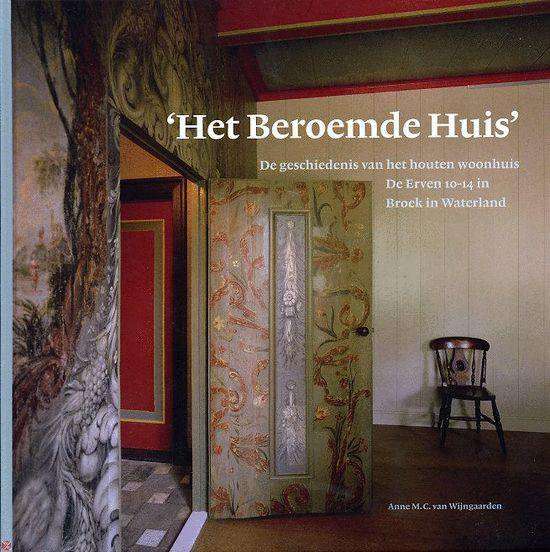
'Het Beroemde Huis' (Famous House in Netherlands) Dutch/ English
Check my rate
| Main centres: | 1-3 business days |
| Regional areas: | 3-4 business days |
| Remote areas: | 3-5 business days |

| Main centres: | 1-3 business days |
| Regional areas: | 3-4 business days |
| Remote areas: | 3-5 business days |
Stichting Uitgeverij Noord-Holland, 2006, hardcover, Dutch/English text, illustrated, 144 pages, with invitation card, condition; as new.
In this book, Anne van Wijngaarden, art historian and monument conservationist at Waterland, attempts to answer questions on this important house by means of an overview of the construction history.
Broek in Waterland is a village in North Holland, situated about 8 km south of Purmerend and 8 km northeast of Amsterdam. In the 17th and 18th century, the village was a popular residence for merchants and seafarers from Amsterdam. Due to its monument status, much of its history has been preserved. Many of the houses in the village date back to before 1850. Before 1940 there had been only limited housing development. This meant that many houses were divided to accommodate several families under the same roof.
The church of Broek in Waterland was built before 1400 and was dedicated to Saint Nicolas. On September 26, 1573, the church was razed to the ground by Spaniards during the Eighty Years' War. In 1628 the inhabitants of Broek in Waterland started to rebuild the church on the foundations of the old building. The pulpit was donated to the church in 1685 by a wealthy couple who were married there in 1641. It is made of ebony, rosewood and pallisander wood, which give it a dark colour and delicate texture. The church organ was built in 1832 by Wander Beekes. The church was extensively renovated in 1989. During this renovation, the original ceiling frescoes of cherubs and fruit garlands were rediscovered under old layers of paint.